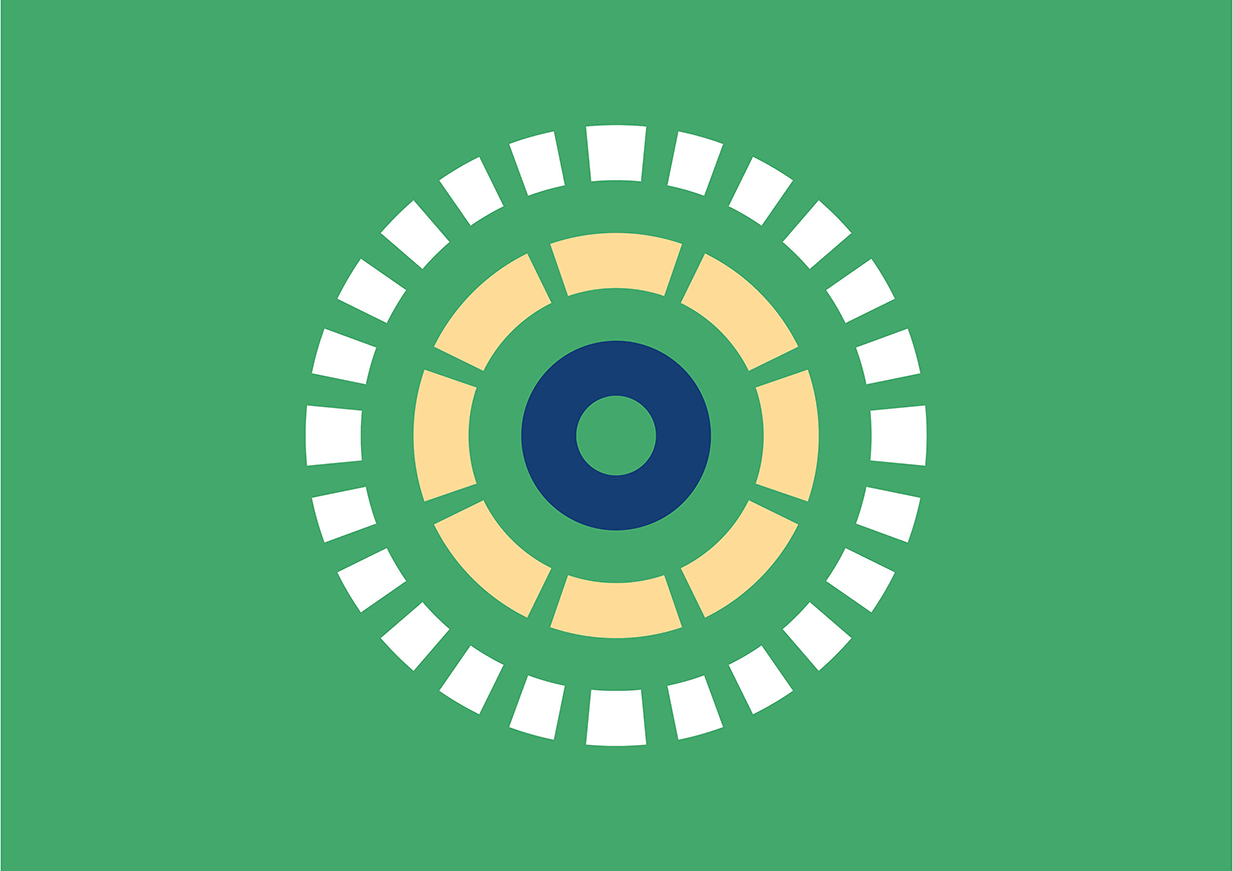Nicardipine is in clinical development for adult patients who have an aneurysmal subarachnoid haemorrhage (aSAH) and are undergoing aneurysm clipping. A subarachnoid haemorrhage is an uncommon type of stroke caused by bleeding into the compartment surrounding the brain, known as subarachnoid space. aSAH is a severe medical emergency and can lead to death or severe disability even when recognised and treated immediately. Up to half of all cases of subarachnoid haemorrhage (SAH) are fatal and 10–15% of casualties die before reaching a hospital. It is unclear why brain aneurysms develop in some people, although certain risk factors have been identified, such as smoking and alcohol consumption. Treatment aims to close the ruptured aneurysm (by clipping) and prevent re-bleeding. Unfortunately, even after successful closure of the ruptured aneurysm severe complications can occur. The current treatments for aSAH provide less than optimal effectiveness and can cause severe side effects in a substantial number of patients.
Nicardipine for treating aneurysmal subarachnoid haemorrhage

Nicardipine is in clinical development for adult patients who have an aneurysmal subarachnoid haemorrhage (aSAH) and are undergoing aneurysm clipping. A subarachnoid haemorrhage is an uncommon type of stroke caused by bleeding into the compartment surrounding the brain, known as subarachnoid space.
Interventions:
Nicardipine (NicaPlant; nicardipine hydrochloride)
Indications:
Aneurysmal subarachnoid haemorrhage
Therapeutic Areas:
Cardiovascular System
Year:
2022